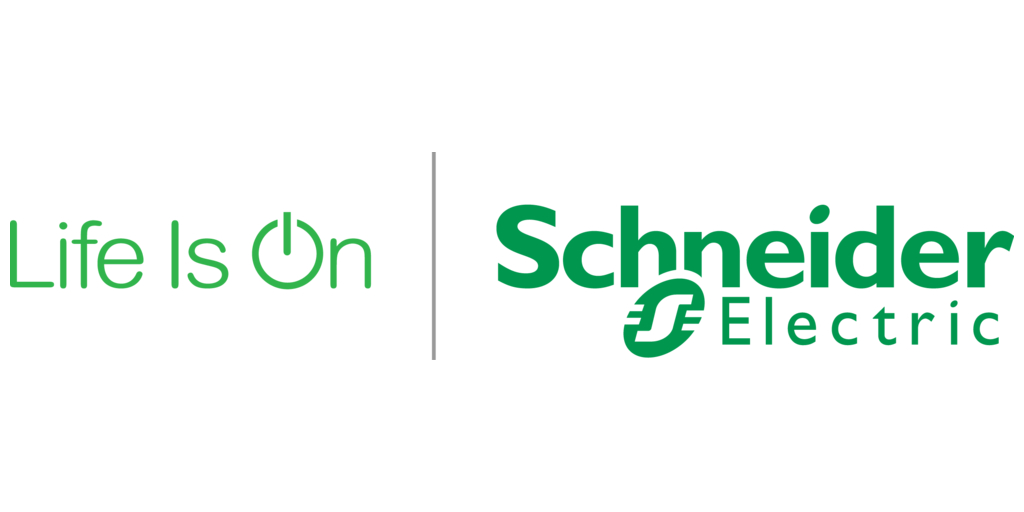Sign up for daily news updates from CleanTechnica on email. Or follow us on Google News!
The time has come in which electric vehicle buyers should work in the cost of ownership into their financial planning.
Vincentric provides the automotive industry with cost of ownership data. Its Electric Vehicle (EV) Cost of Ownership Analysis for 2024 found that 20 of 41 (49%) EVs studied had a lower total cost of ownership over 5 years than their internal combustion engine (ICE) counterparts. The study analyzed 8 cost factors that comprise an EV cost of ownership: depreciation, fees & taxes, financing, fuel, insurance, maintenance, opportunity cost, and repairs.
As expected, the biggest strengths of EVs were their fuel and maintenance costs. All 41 EVs had lower fuel costs than their gasoline alternatives, while 37 of 41 EVs had lower maintenance costs than their ICE alternatives.
The biggest disadvantage of EVs continues to be depreciation, largely due to the higher purchase price of most EVs studied. The cost-effectiveness of EVs took an additional hit due to the fluctuation of incentives for consumers to purchase an EV, moving from a tax credit to a federal point-of-sale rebate with much stricter qualification criteria. Indeed, at the time the Vincentric analysis was conducted, only 3 of the 41 EVs analyzed qualified for the federal rebate.
As part of the analysis, Vincentric also measured the payback period, which is the length of time that it will take EV buyers to recoup the higher purchase price of an EV through ownership cost savings. The results showed that 19 of 41 EVs recouped their price premium within 7 years, with 8 of those EVs having an immediate payback due to having a lower purchase price than their ICE alternative.
In addition to financial cost of ownership, the analysis also examined the environmental cost of ownership of the vehicles studied to compare the greenhouse gases created by driving an ICE vehicle with the greenhouse gases created when producing the electricity needed to power an EV. Even though EVs create emissions due to electricity production, the study found that, on average over 5 years, EVs reduce CO2 emissions by more than 4.4 metric tons, NOX emissions by more than 2.3 metric tons, and VOC emissions by more than 1.7 metric tons compared to their ICE alternatives.
 Chip in a few dollars a month to help support independent cleantech coverage that helps to accelerate the cleantech revolution!
Chip in a few dollars a month to help support independent cleantech coverage that helps to accelerate the cleantech revolution!
Bank of America Loan Origination Note is Telling
A new note from Bank of America points to the “all-in” cost of vehicle ownership — which includes high interest rates, insurance, and maintenance costs — as a factor behind the flattening of overall car sales. The average loan amount of used EVs, though, is down 20% YoY, with originations increasing at faster rates than ICE-powered vehicles.
For some consumers it appears the search for affordability is leading them to consider used EVs and hybrids, according to Internal Bank of America loan origination data. In fact, the average loan for a used EV decreased steeply, down 20% YoY in March 2024, compared to flat YoY growth for used ICE-powered vehicles. Accordingly, they also found a sharp increase in loan originations for used EVs compared to traditional ICE vehicles.
A caveat of the note is that “the EV option is not readily available for everybody.” They suggest that relative scarcity of charging stations means new or used EV purchases “may be skewed particularly to households who have access to a charging station at home.” Internal Bank of America data also finds that urban and suburban areas have higher shares of EV charging spending.
EV Cost of Ownership is Boosted by More EV Models & Options
With the overall EV market share at about 8%, projections are that it could grow to 10% or 12% this year. Autoblog editor-in-chief Greg Migliore joined Yahoo! Finance to discuss how EV cost of ownership could soon prove to be the deciding factor in an auto purchase.
Lower maintenance: EVs often have fewer maintenance costs than ICE-powered vehicles, which could resonate with many US drivers. EVs offer high tech, and, anyway, gas prices fluctuate and frustrate consumers, according to Migliore.
Inspiration from new EV products: As more EVs hit the roads, Migliore says the industry is moving “beyond that early adopter phase.” We’re in the phase in which many early adopters still have their original vehicles while new EV consumers haven’t quite embraced the technology. They wonder, is this gonna work for me? Getting some more EV products and newly refreshed existing models on the market could really help. For example, what could work is moving beyond having EV work trucks into offering higher spec trims — that will resonate with consumers. Auto companies are entering into the demand generation phase and now need to get their EV messaging correct. He explained that the EV market will grow as more variations become available, offering consumers more options, from trucks to sedans.
Benefits of owning an EV: The conversation included some benefits of owning an EV, which include the flexibility of not having to go to the gas station and having a full tank every morning, as well as having a digitally enabled car.
EV charging: Consumers who become knowledgeable about EVs are starting to take a practical, measured approach to the automotive marketplace. They are beginning to realize that a home charger can work for them and relieve range anxiety. The opportunities for tax rebates or incentives from a utility company can make a home EV charger seem very appealing.
The prevailing opinion that emerged from the Migliore interview was that almost half of US drivers would save money by buying an EV if they were able to remove politics from their decision-making.
Final Thoughts about EV Cost of Ownership Factors
The stats tell it all. Technology is improving quickly and making EVs more practical to own and drive. EVs that can travel more than 300 miles on a fully charged battery are becoming common, and charging times are dropping below 30 minutes. The number of fast chargers, which can top up a battery in less than half an hour, grew 36% from April 2023 to April 2024.
Prices are falling because of increased competition, lower raw material costs, and more efficient manufacturing, as reported by the New York Times. Electricity is almost always cheaper per mile than gasoline, and battery EVs don’t need oil changes, engine air filters, or spark plugs. For people who drive a lot, EVs may already be a better deal. Sales of EVs are likely to rise as an influx of models pushes down prices and as the available charging network grows.
Have a tip for CleanTechnica? Want to advertise? Want to suggest a guest for our CleanTech Talk podcast? Contact us here.
Latest CleanTechnica.TV Videos
CleanTechnica uses affiliate links. See our policy here.





